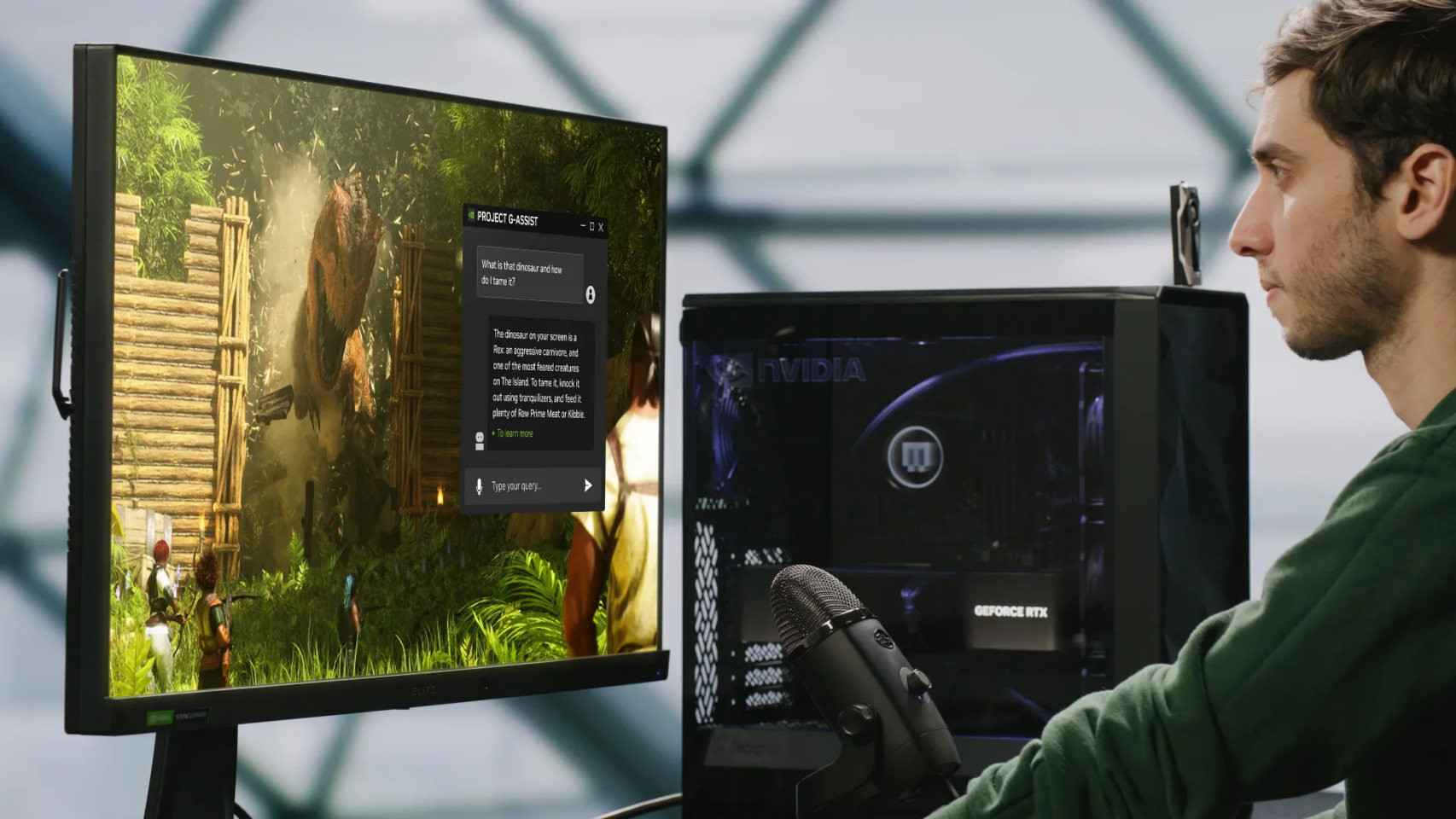
The Computex 2024 that is being held these days in Taipei is confirming one thing: the new Copilot+ PCs are more than a curiosity, they are the new industry standard. All manufacturers have made, or are going to make, the leap to new computers with AI; for example, AMD with its new processors for AI.
However, this platform still has its weaknesses. For example, none of the early Copilot+ PC laptops feature a dedicated graphics card, all opting for integrated graphics; Although the performance demonstrated by these teams is amazing considering that, it is still insufficient for the most demanding players and users with specific needs.
This is where Nvidia and the first-generation RTX-powered Copilot+ PC laptops come in. The range of laptops showcased by the company includes models from well-known brands such as ASUS and MSI, including the new TUF Gaming A14 and MSI A16 AI Studio 2. All of these laptops pair a processor with NPU (Neural Processing Unit), with an RTX graphics card from Nvidia, at most an RTX 4070. In this way, the user will be able to have access to the latest Windows 11 novelties, such as Recall, while also having the graphics performance to run the latest games or professional programs.
These laptops will not only be able to run new AI-based features developed by Microsoft locally, but also Nvidia-specific applications. The one that has attracted the most attention is Project G-Assist, a personal assistant for players; or in other words, a Copilot focused on video games.
G-Assist works like Copilot, supporting text or voice input to respond to player questions; In the same way, responses can be displayed in text messages or through an artificial voice. The really interesting thing is that the answers will take into account the context of the game we are playing, to offer tips and ‘tricks’ that can be useful at all times.
For example, the AI is able to analyze the replays of our online games to give us tips on how to improve compared to our team. It can also analyze the tasks needed within the game environment to optimize them, as well as display information related to the game elements. To demonstrate this, Nvidia showed how a game of Ark: Survival Ascended can be improved, with the AI offering information about the creatures in the game, the items we can use, and tips on how to meet the objectives and even guides to face the final bosses.
Project G-Assist will work both with the power of the cloud, as well as running directly on RTX graphics locally. However, the company has not yet been able to share an approximate release date for this functionality which, obviously, will be exclusive to Nvidia card users.
And using an Nvidia card will be easier than ever, thanks to the new SFF certificate for graphics cards. A big problem users are encountering is that the new card they’ve purchased is too big for their checkout, which means they have to return it or invest more in changing equipment. The new SFF certification program imposes limitations on the size of the cards, as well as the space available in the boxes, so that they can be installed without difficulty.
Graphics bearing the “SFF-Ready” seal will have a maximum length of 304 mm, a maximum height of 50 mm and a maximum depth of 151 mm; The cables will also need a free zone in which to plug them in. At the same time, the boxes with the “SFF-Ready” seal will have to offer a similar space to be able to install the graphics card without problems. There are already several card models and cases that follow the standard, and major brands such as ASUS, Gigabyte, and MSI on the graphics side, and Cooler Master, Corsair, Fractal, and Lian Li on the case side, have shown their support for the new standard.



Comments